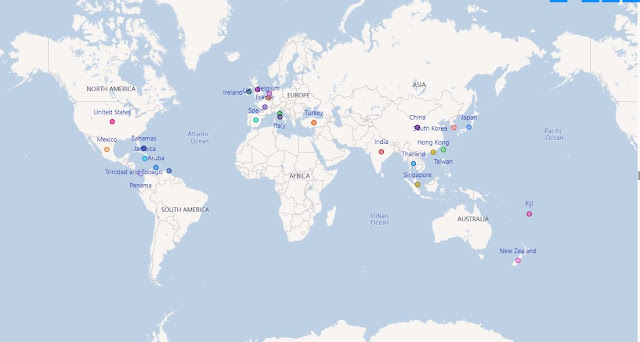Consumer Packaged Goods can be defined as daily consumable goods. Examples include sodas, juices, candy bars, granola bars etc. Unlike some other countries, say India, the prices of goods differ at different retail stores in the United States of America. In some countries, there is a maximum price printed on products beyond which it is illegal for the sellers to charge. However, in the US it’s a completely different story. A variety of factors are considered by a retailer and a manufacturer to produce, stock, and price products. While it may seem like the most important factors affecting manufacturers and retailers are the demand and supply, and logistics involved; tens if not hundreds of factors are involved. As for pricing products, numerous factors are taken into consideration like the likelihood of buying a product, convenience, quantity, expiry date, size of product,seasonality of product etc. Each factor is extremely important and each decision has a potential to save or lose millions of dollars. I would really love to talk about the hundreds of ways data can be used by retailers and manufacturers but then I would be writing a book! For the sake of this post, I stick to in-store analytics. By in-store I mean the store stocking conditions that are found in stores. Also, I stick to what data can be used and not the method of using it since you could potentially use any data mining technique to extract meaningful information out of this data.
While it may seem rudimentary, in-store analytics is quite profound and has a phenomenal future limited only by the increase in e-commerce. However, there is one big problem with e-commerce associated with CPG – people want things instantly. When a person is hungry, he or she will not go online to buy food – well unless its ordering from Seamless or GrubHub but that’s a different story. Impulse buying is HUGE and you have to agree to that. How often have to gone to a store with a chocolate or chewing gum on your list and also how often do you stick to your list? In-Store analytics is done primarily using the 3 P’s 1) Positioning of products, 2) Placement of products and 3) Prices of products.
1) Positioning of products: Let’s say you are a chocolate company and you have a product called Super Choco. You want to know how your product is stocked in different stores, what is placed next to your product, what is placed above, below, to the right and to the left of your product in what quantity. Once you have this information, you can use the store quantity sales data and see how you fared in different stores. Did particular positioning of a product have a positive or negative effect on your sales? This data is available from major market research companies. Believe it or not, there are representatives of market research companies who actually go and scan stores to get this data. Once you have this data you can use a data mining model like a decision tree to find what factors resulted in optimal sales and make business decisions based on that.
2) Placement of products: Lets assume you did everything right and your product Super Choco did very well last year. This year you want it to do even better. You want to increase sales and you are willing to spend for it. Companies have a way to “display” products in stores. They can choose what kind of display – Front end, back end, lobby etc, they want for their product at different retailers; for a price. The simplest example of a display is the freezer you find at checkout and the chewing gum section at checkout. Other examples include chips displayed with company symbols on their rack which seem conveniently to be out of place so that you are sure notice them! Now you can display Super Choco and someone like me will see it staring at me while I go to buy my bread. I see it, I like what I see, I buy it. Boom! That’s a sale! Now companies know where to exactly place these products to increase sales. They can have beta testing where in they position products in different stores and see which one worked best for them or have a full blown campaign and use analytics to predict future results.
3) Prices of Products: No introduction needed here. Lower the price, better the sales right? Unfortunately, no. Prices affect our CPG buying only so much. While a store can be perceived as expensive or inexpensive, a number of prices of products in stores fluctuate daily or at least weekly. With market research data a company/retailer can see if prices affected customer’s buying pattern. Let’s say there are two comparable stores, both conveniently located below buildings in downtown Chicago. Super Choco is priced at $1 in building A and $1.75 in building B. At the end of the month, you are likely to see no or little difference in sales since people don’t come to these store just to find your product. It’s only about convenience in this case and you could increase the price of your product as a retailer without any loss in sales. Also, you could use market basket analysis to find out which products are frequently bought together to enable better pricing and positioning.
